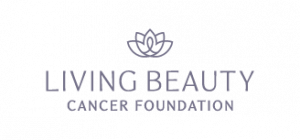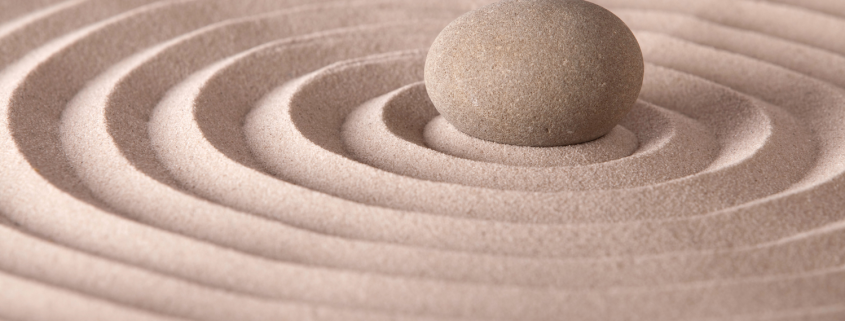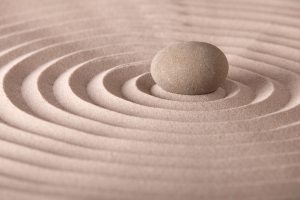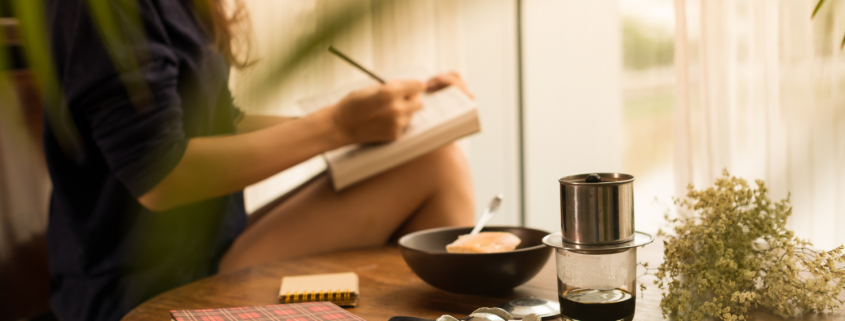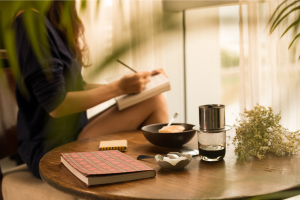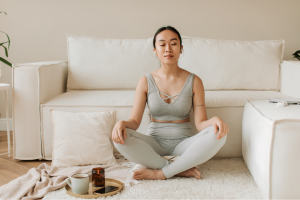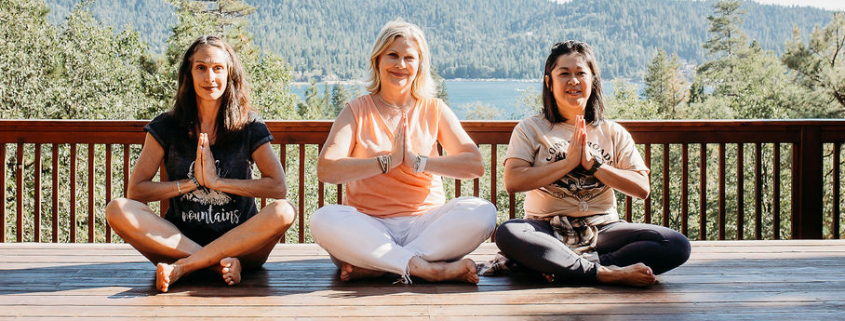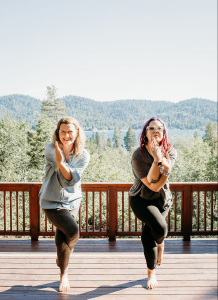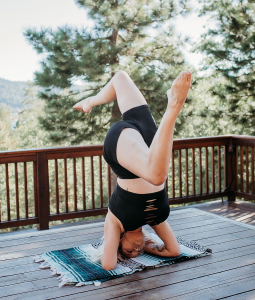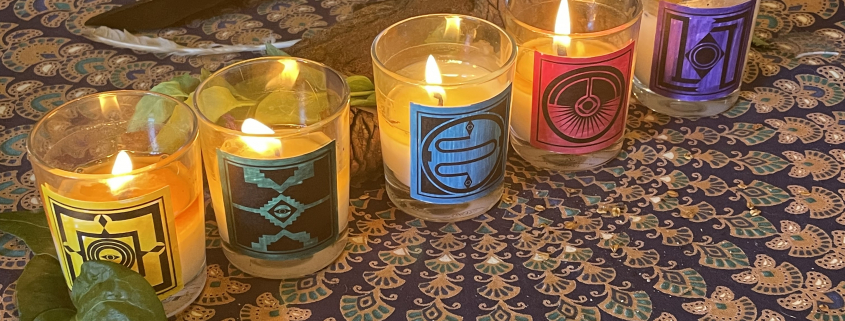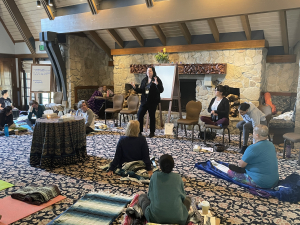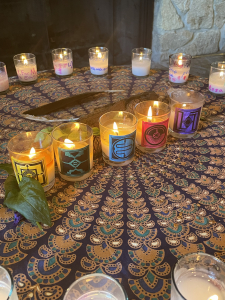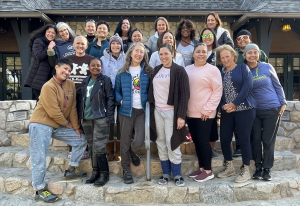Walking is the New Black
By Jessica Baker RN, BSN, E-RYT 500, YTRX
Walking Is The New Black … And For Good Reasons
When we think of exercise, we often think of driving to our local gym to join a group class or jumping on one of the many ellipticals all lined up in a row with our headphones in tow. While these exercises do have benefits, did you realize that your daily morning dog walk is just as beneficial?
In the past, it was much easier to organically get some steps in. Walking was THE activity of daily living. Walking provided us an easy and inexpensive way to get from here to there. Unfortunately, our surroundings over the years have evolved into car centric landscapes. Housing communities sit miles outside of retail hubs forcing us to get behind the wheel when we need to grab groceries from the local market. And with vast improvements in technology, many of us find ourselves sitting behind a computer longer than we would like. Remember the days of the door-to-door salesman? Now that’s even done from the comfort of a chair! So yes, we need to work a little harder to get our steps in, but by carving out even a little time to walk, you will easily add years to your life.
So, you say walking is the new black?
Yes! Walking doesn’t discriminate! It doesn’t matter if you are a city or country dweller, your environment will provide ample opportunities. You can be 19 or 79 and reap the same benefits. Too cold or too hot to walk outside? There are plenty of inexpensive compact walking pads that fit in any space of your home. Need to squeeze it in between family and work responsibilities? All you need is 30 minutes a day! No matter who you are, or where you are, a good walk will always make you feel better.

10 (maybe) Surprising Benefits of Walking
- Boosts Immune Function: A study of over 1,000 men and women found that those who walked at least 20 minutes a day, at least 5 days a week, had 43% fewer sick days than those who exercised once a week or less. And if they did get sick, it was for a shorter duration, and their symptoms were milder.
- Bone and Muscle Health: When we walk, we are using our feet and legs to support our body weight. This is known as a weight bearing exercise. Weight bearing exercises are important as they stimulate the growth of strong bones and reduce overall risk of osteopenia/osteoporosis. Want to create more resistance while walking? Add a weighted vest to your daily walk.
- Digestion: Take a nightly post dinner walk to reduce bloat and stimulate food to move through the digestive system.
- Improves Cardiac Health: Walking is a cardiovascular exercise. When done regularly it can lower your risk for coronary heart disease. Cardiovascular exercise has been shown to lower blood pressure and triglycerides, manage blood sugar, raise HDL and help to maintain a healthy weight.
- Pain/Inflammation: As we walk our pituitary gland and hypothalamus release endorphins. Endorphins are natural hormones that reduce pain and inflammation and stimulate relaxation.
- Socialization/Mental Health: Walking is a great social activity to do with friends and family. Connecting with others feeds our soul and staves off isolation. Having a walking partner provides us the extra motivation to get outside and get some steps in.
- Enhance Creativity: A study out of Stanford University found that creative output increased by a whopping 60% when participants were walking. A person walking indoors – on a treadmill in a room facing a blank wall – or walking outdoors in the fresh air produced twice as many creative responses compared to a person sitting down. The study also found that creative juices continued to flow even when a person sat back down shortly after a walk.
- Sleep Quality: Taking an AM walk in bright daylight has shown to aide our natural circadian rhythm, or better known as our body’s internal clock. Synchronizing our internal clock will lead to improved sleep patterns.
- Boosts Energy: Walking improves circulation which in turn improves oxygenation levels in the body. With these improved oxygenation levels, we feel energized and ready to tackle any task.
- Environmental Impact: “Can we walk there?” is a question we should all ask ourselves from time to time. By choosing to forgo the drive, you are personally reducing your carbon footprint resulting in less greenhouse emissions.
Walking is a simple and refreshing way to add daily movement to our busy lives. So, what are you waiting for? Lace up your supportive walking shoes and start walking your way to better health.
References:
(12/2023) Harvard Medical School. 5 Surprising Benefits of Walking. Harvard Health Publishing.
(3/2022) NIH. Health Topics. Physical Activity and Your Health: Benefits.
(4/2014) Stanford University. Stanford Report. Stanford Study Finds Walking Improves Creativity.
If you liked this post, check out this post about environmental toxins and our health.
Support Our Mission
If you would like to support the Living Beauty Cancer Foundation and help provide vital wellness and support services free of charge to women with cancer, you can become a monthly donor!
Interested in Learning More About Our Programs and Services?
Learn more about Living Beauty’s programs and services here!
